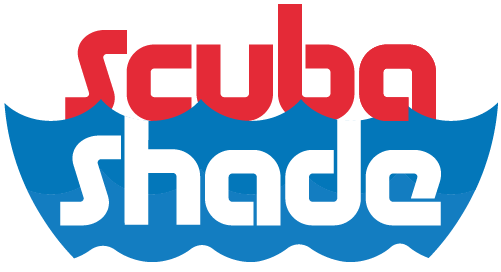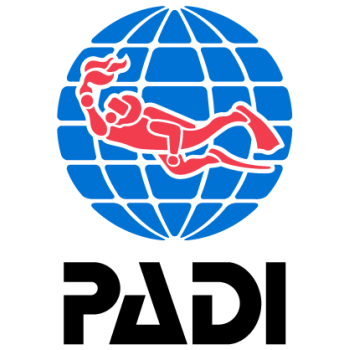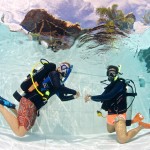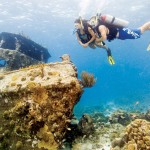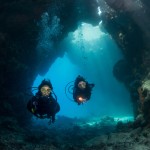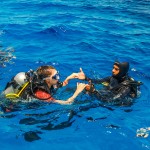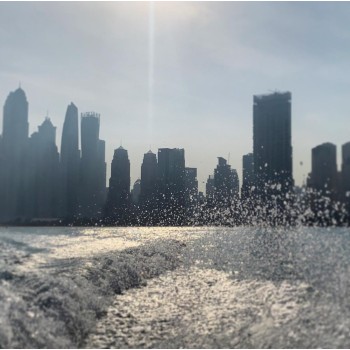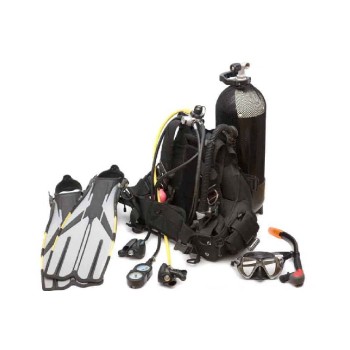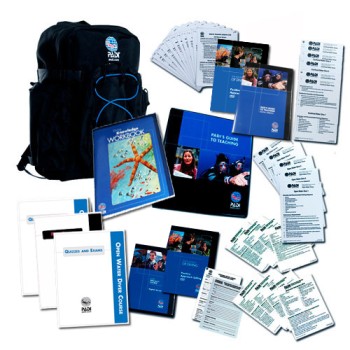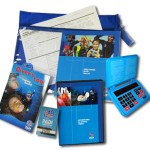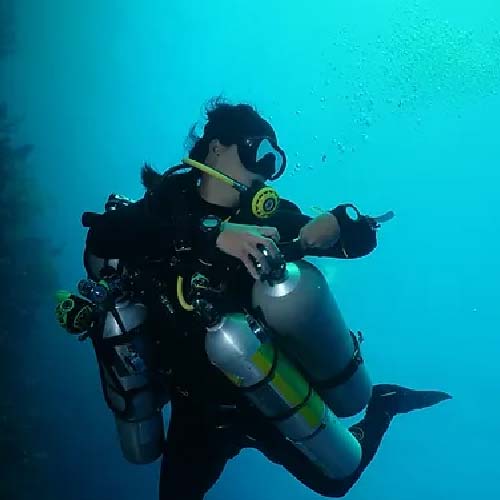
PADI Tec 50
Part 3 of the full PADI Tec Deep Diver program. Develop competency & have the skills to dive to a max of 50 meters/165 ft. Learn how to extend & accelerate decompression stops using up to 2 gases.The third part of the full PADI Tec Deep Diver program... Read More
from
AED 2,783
Ex Tax: AED 2,650
I have a Question About This
Part 3 of the full PADI Tec Deep Diver program. Develop competency & have the skills to dive to a max of 50 meters/165 ft. Learn how to extend & accelerate decompression stops using up to 2 gases.
The third part of the full PADI Tec Deep Diver program is Tec 50. As a Tec 50 diver, you show that you've developed competency as a tec diver and have the skills to dive to a maximum of 50 meters/165 feet. You know how to make extended, accelerated decompression stops using up to two gases. It's not easy to reach this level and earning your Tec 50 certification opens the door to deeper diving expeditions.
Course Prerequisites
Student divers must meet the following training prerequisites before starting the PADI Tec 50 course:
- Certified as a Tec 45 diver or provide a qualifying certification from another training organization. For the purpose of this level, a qualifying technical certification is one that qualifies the student to make limited decompression dives to 45 meters/145 feet using air and EANx using open circuit, double cylinder scuba equipment.
- Certified as a PADI Rescue Diver or provide a qualifying certification from another training organization. For this course, a qualifying certification is proof of training in diver rescue. Students who meet this prerequisite through a qualifying certification must provide proof of training in CPR and First Aid within the previous two years.
- Minimum age: 18 years
- Have minimum of 100 logged dives, of which at least 20 dives were made with enriched air nitrox deeper than 18 meters/60 feet, and at least 15 dives (with or without EANx) dives that were deeper than 30 meters/100 feet.
Tec 50 Equipment Requirements
- Double cylinder of at least 12 liter/70 cubic feet each, with isolator manifold. The isolator manifold is not required for divers using sidemount configuration. Divers known to have a very low gas consumption rate may, at the instructor’s discretion, use lower capacity cylinders than specified here, provided the diver will have ample gas to assist a team mate in a gas sharing emergency.
- Primary and secondary regulators for back mounted double manifolds, one with two meter/seven foot hose for air sharing and one with SPG. Note: In sidemount configuration, one regulator must have the two meter/seven foot hose, and both regulators must have an SPG.
- Stage/decompression cylinder(s) (1 for Tec 45, 2 for Tec 50) with regulator and SPG, with proper labels/markings.
- Tec diving BCD(s) and harness (backmount or sidemount)
- Two multigas enriched air capable dive computers, or one multigas enriched air computer and a back up single gas computer with dive tables, or one single gas enriched air computer and a backup timer and depth gauge with dive tables.
- Exposure suit appropriate for environment and dive duration (if students will use dry suits, they should be trained/experienced in their use in recreational diving prior to using them for Tec training or diving).
- Argon dry suit inflation system (as needed for environment)
- Weight system (if needed). Note: Students and staff should weight for the contingency of decompressing with near-empty primary cylinders and empty or absent stage/deco cylinders.
- Jon line (as needed for environment)
- Inflatable signal tube, whistle and/or other visual and audible surface signaling devices. Note that a sausage type DSMB may double for the inflatable signal tube.
- Reel and lift bag (bright yellow preferred) or DSMB. A suitable DSMB has sufficient buoyancy to help steady a diver during drifting decompression, and is unlikely to spill when deployed from the underwater.
- Knife/cutting device and back up
- Slate
- Backup mask (optional)
- Compass
- Lights (optional-as required for dive environment)
- Backup buoyancy control. The student must have a reliable means for controlling buoyancy and maintaining decompression stops in midwater with a failed primary BCD. This is usually accomplished with a backup BCD (double wings) or, when using light weight cylinders, the use of a dry suit is permitted. Note: A lift bag/DSMB is not considered a reliable method of backup buoyancy control.
Required Paperwork
- Liability Release and Assumption of Risk for Technical Diving
- Standard Safe Technical Diving Practices Statement of Understanding
- Technical Diver Statement of Understanding and Learning Agreement
- PADI Medical Statement (must be completed by your physician)
Course Material
- PADI Tec Deep Crewpak
Training Dives
Tec 50 Training Dive 1
- Environment: Confined water or limited open water with ready access to water
shallow enough in which to stand - Minimum Depth: 2.4 meters
- Maximum Depth: 10 meters
- Decompression: No stop only, five stop simulated decompression
- Gases: Air or EANx, recommended that all blends be breathable at maximum dive depth
Tec 50 Training Dive 2
- Environment: Open water
- Minimum Depth: 12 meters
- Maximum Depth: No stop only, 30 minutes simulated decompression
- Decompression: No stop only
- Gases: Air or EANx, recommended that all blends be breathable to maximum dive depth
Tec 50 Training Dive 3
- Environment: Open Water
- Minimum Depth: 30 meters
- Maximum Depth: 50 meters
- Decompression: Decompression dive with two decompression gases
- Gases: Air, Air, EANx or oxygen
Tec 50 Training Dive 4
- Environment: Open water
- Minimum Depth: Minimum: 40 meters
- Maximum Depth: 50 meters
- Decompression: Decompression dive with two decompression gases
- Gases: Air, EANx or oxygen. Trimix permitted within limited conditions.

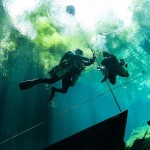
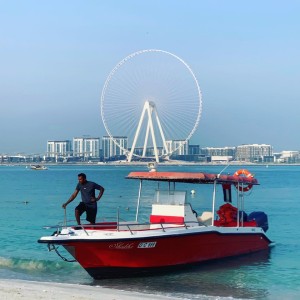
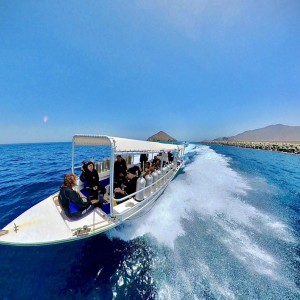
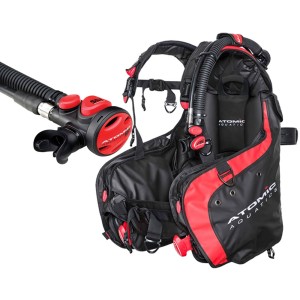
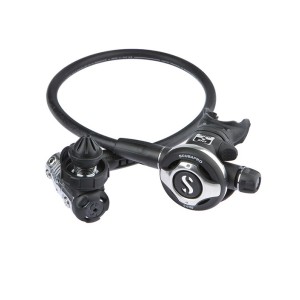
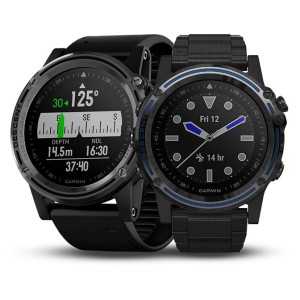
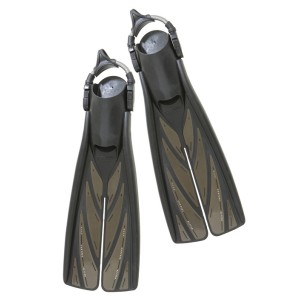
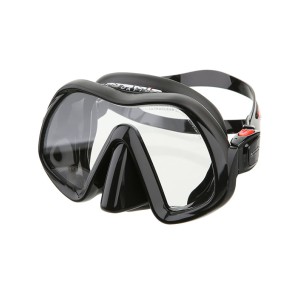
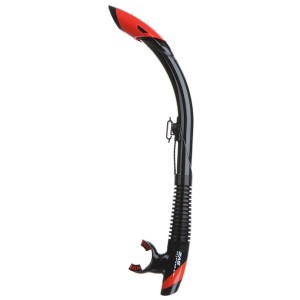
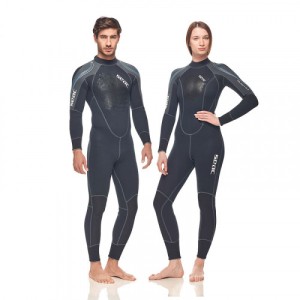
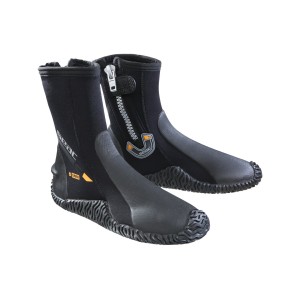
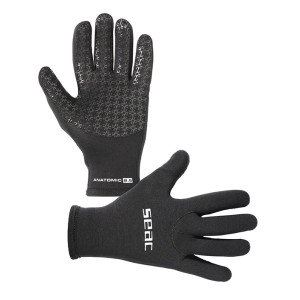
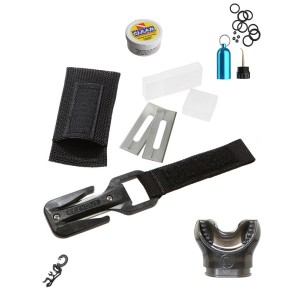
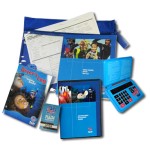
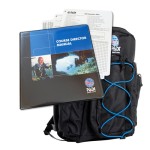



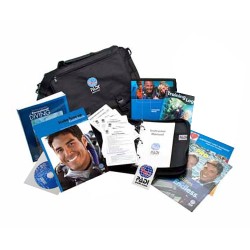
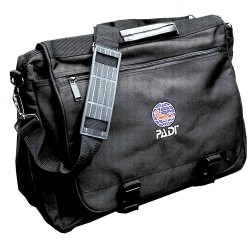
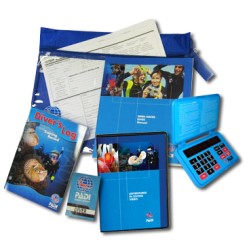
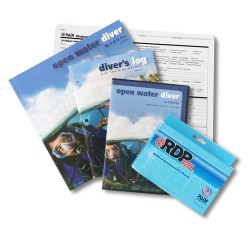
-870x812-250x250w.jpg)
-870x812-250x250w.jpg)
-870x812-250x250w.jpg)
-870x812-250x250w.jpg)
-870x812-250x250w.jpg)
-870x812-250x250w.jpg)
-870x812-250x250w.jpg)
-870x812-250x250w.jpg)
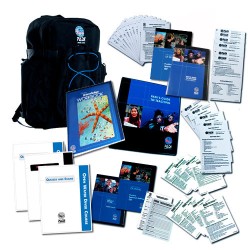

-870x812-250x250w.jpg)
-870x812-250x250w.jpg)
-870x812-250x250w.jpg)
-870x812-250x250w.jpg)
-870x812-250x250w.jpg)
-870x812-250x250w.jpg)
